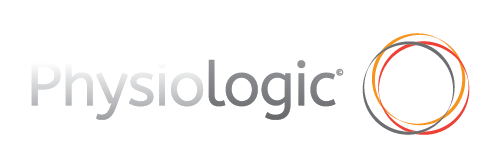Running Technique – The Lazy Heel Lift
One of the most common technique errors I encounter when assessing running technique is the lazy heel lift.
Essentially what happens is that the swinging leg (as it leaves the ground at the point of push off), remains extended behind the body for too long. This then leads to (or is caused by) over striding and results in a scissoring running style, where the legs resemble a pair of scissors swinging through the air.


Scissors Non-Scissors
Scissoring is a problem because it is inefficient, particularly at higher running speeds. To understand why, you need to consider some basic physics. When you swing something through the air (in this case your legs, with the pivot point at your hip joint), you create a lever arm. The longer the lever and the faster you try to swing the lever, the harder you are going to have to work. To make it easier, or more efficient, you either have to swing the lever more slowly (this is what happens when you run at slow speeds) or shorten the lever (seen more at quicker speeds).
To demonstrate, try this simple test:
- Stand with a long stick in your hand, held away from your body.
- Keeping your arm straight, move the stick up and down quickly.
- Now repeat the test, with the same stick, held at right angles to your arm.
Which is easier to swing? The second one of course. The weight of the stick is exactly the same, the only thing that has changed is the length of the lever. Short lever = less work from your muscles.


Long Lever Short Lever
So how does this apply to running in the real world?
Well, it is hard to measure how much energy is required to swing your leg during running but it is estimated to be in the region of 20% of the total energy cost, in other words, a really high percentage. Anything you can do to optimise your energy expenditure when running will improve your running economy and allow you to run further and faster for the same effort and reduce your risk of an injury.
Lets see what this looks like at different running speeds:


Foot strike 18km/h Foot strike 10km/h
Notice in the above pictures how the principal difference is in the degree of knee bend of the swinging leg. The rest of the body looks remarkably similar, given the difference in pace. Knee bend of stance foot, foot position, torso angle, even arm position all look virtually the same at the different speeds. However, in the 18km/h technique, the runner has shortened the lever between the hip and the end of the limb (foot), by bending the knee to a much more acute angle. The 10km/h technique still demonstrates a knee bend, but to a much lesser extent. Finding the sweet spot of just the right amount of knee bend at your different running paces is one of the keys to developing a good running technique.
How do you know if you have a Lazy Heel Lift?
Some of the things you might be experiencing if you have a lazy heel lift are:
- Plateau in running performance. You just can’t seem to get faster.
- Difficulty running at quicker paces but fine at slower paces
- Quad fatigue during running or quad soreness after running
- Calf pain when running or recurrent calf injuries.
- Knee pain or injury when running.
Ok, I have a Lazy Heel Lift. What should I do to correct it?
The first and most important thing is to assess your running technique. The Lazy Heel Lift can be a sign that something else is going on with your technique or biomechanics, and running injuries should always be assessed before handing out blanket advice. Once you have ascertained the reason behind the Lazy Heel Lift, then there are exercises, drills and technique cues you can implement to have you shortening your levers and boosting your performance in no time!
To learn more about your running technique then please join one of our group workshops or read more about a 1:1 technique assessment.
To see more from David Coombs click here to go straight to his website.
